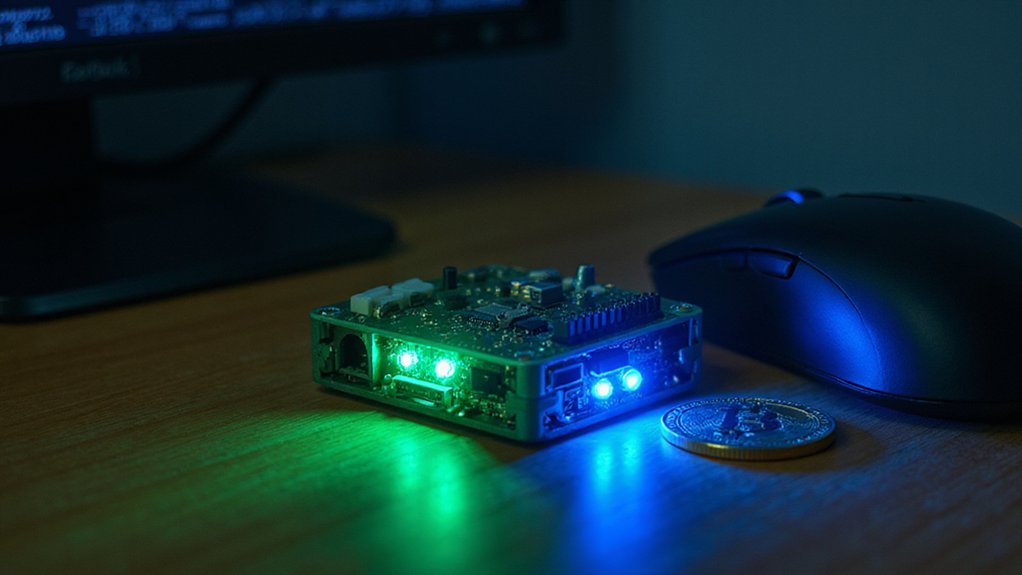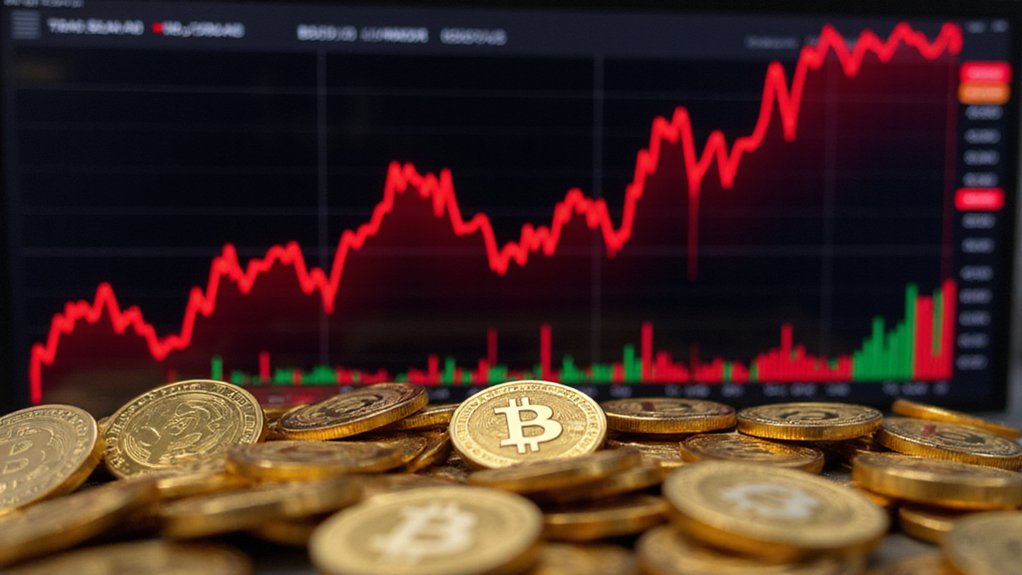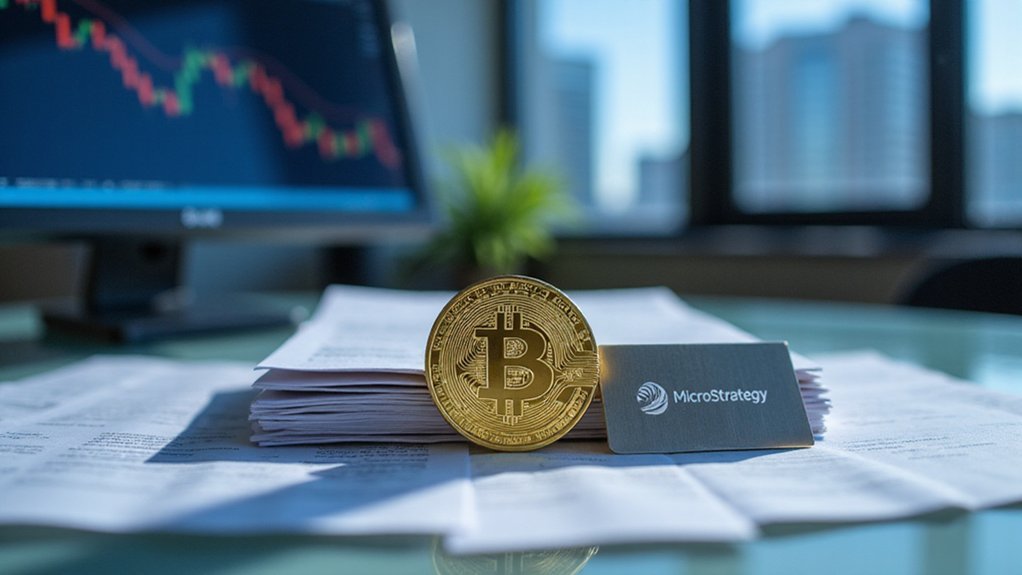A solo Bitcoin miner defied astronomical odds by successfully mining block 887,212 using only a pocket-sized Bitaxe device, capturing a 3.15 BTC reward worth approximately $263,000. The mining feat, accomplished with a modest 480 GH/s machine, represents a statistical anomaly in the cryptocurrency mining landscape, where the probability of such success is less than 1 in 1 million daily.
Small miner strikes crypto gold with pocket-sized device, beating million-to-one odds for $263,000 payday.
The Bitaxe mining rig responsible for this remarkable achievement exemplifies the growing democratization of Bitcoin mining. As an open-source design created to combat secrecy in the mining industry, the pocket-sized device stands in stark contrast to industrial mining operations. A comparable 1,200 GH/s Bitaxe Gamma 601 costs approximately $158, making it accessible to individual miners with modest budgets.
Profitability metrics highlight the extraordinary nature of this success. A 1,200 GH/s Bitaxe typically generates roughly $20 annually while consuming about $18 in electricity, yielding a mere $3 profit per year. With daily odds of mining a block at 1 in 4.6 million, the expected timeframe to mine a single block approaches 3,500 years. This timeframe aligns with BitcoinGold mining calculations showing it takes approximately 4.6 days to solve one block solo.
The achievement marks the 297th instance of a solo miner finding a Bitcoin block through the solo.ckpool platform. This stands in sharp contrast to major mining operations like Foundry USA pool, which commands significant hashrate share, and public miners such as MARA Holdings, which deploy machines exceeding 230,000 GH/s. This success story exemplifies how pool mining options can occasionally benefit individual miners despite the overwhelming advantages of large-scale operations. Despite the high-end ASICs dominating the market with costs between 5,000 and $10,000 per unit, this solo miner proved that smaller investments can still yield remarkable results.
The current block reward of 3.125 BTC, supplemented by 0.025 BTC in transaction fees, underscores the significant financial implications of this mining success. Block 887,212 was mined on March 10, 2025, at 7:22 PM UTC, adding another chapter to Bitcoin's mining history.
This event challenges conventional wisdom regarding mining profitability and encourages experimentation with small-scale operations. However, increasing network difficulty and advancing ASIC technology continue to raise questions about the long-term viability of solo mining, even as interest in decentralized mining solutions grows.





